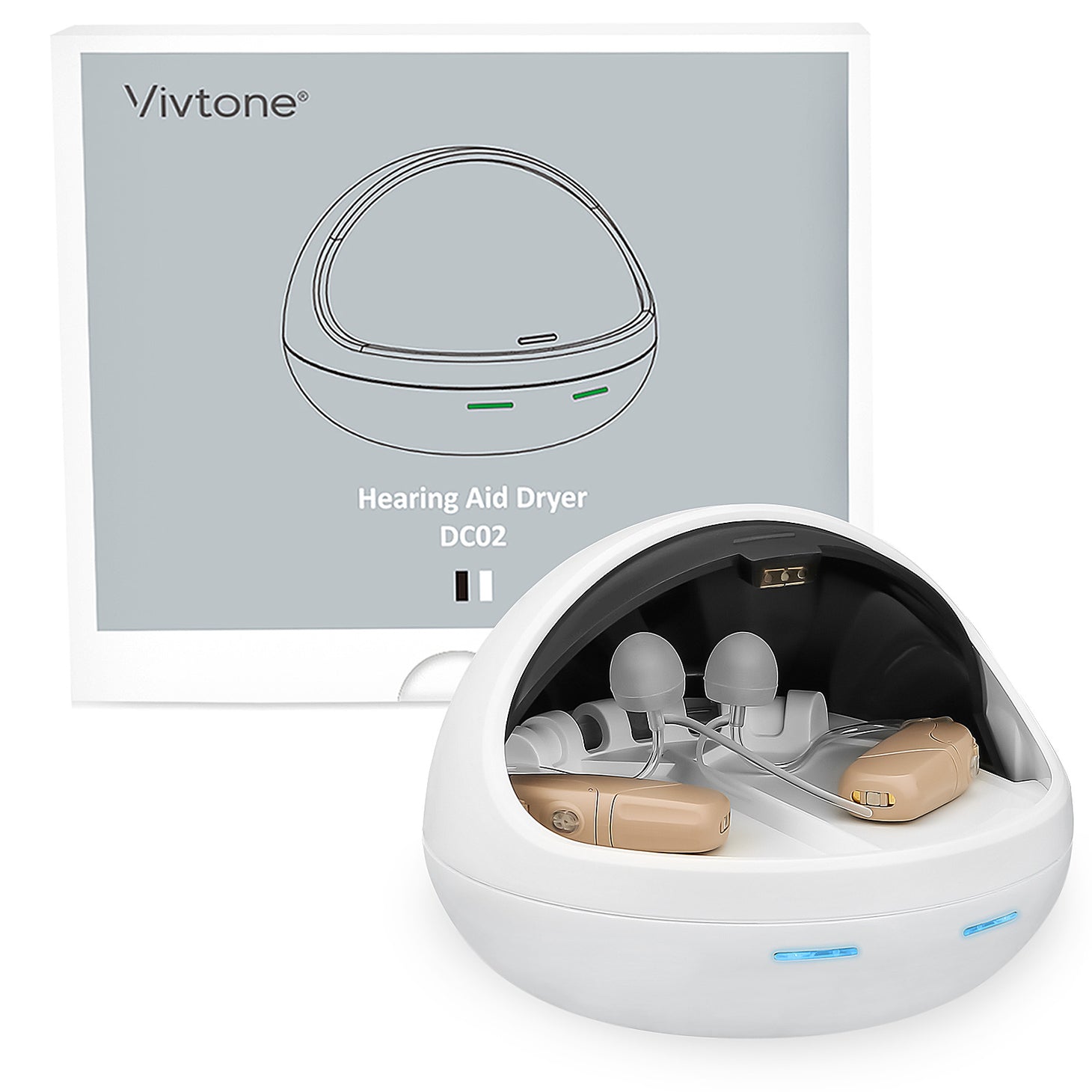When it comes to understanding the world of hearing aids, it's essential to have a comprehensive knowledge of the various parts and supplies that make up these devices. From the smallest components to the most crucial accessories, each element plays a vital role in ensuring the effectiveness and comfort of the hearing aid.
The Anatomy of a Hearing Aid
Before delving into the specific parts and supplies, it's important to have a basic understanding of the anatomy of a hearing aid. The main components include the microphone, amplifier, receiver, and power source. These work together to capture, process, and amplify sound, delivering it to the ear in a clear and audible manner.
Microphone
The microphone is responsible for picking up the surrounding sounds and converting them into electrical signals. These signals are then processed by the amplifier to enhance the sound quality before being transmitted to the receiver.
Amplifier
The amplifier plays a crucial role in boosting the electrical signals received from the microphone. It adjusts the sound based on the individual's hearing needs, ensuring that the amplified sound is clear and tailored to the user's preferences.
Receiver
Once the sound is processed and amplified, it is transmitted to the receiver, which converts the electrical signals back into sound waves. The receiver then delivers the sound into the ear, allowing the user to perceive the amplified sound clearly.
Essential Supplies for Maintenance
In addition to the main components, there are several supplies that are essential for the maintenance and care of hearing aids. These include batteries, cleaning tools, and ear molds.
Batteries
Most hearing aids rely on batteries to power their operation. It's crucial to use the correct type of battery and to replace them regularly to ensure the continuous functionality of the device.
Cleaning Tools
Cleaning tools such as brushes and wax picks are essential for removing earwax and debris that may accumulate in the hearing aid. Regular cleaning helps to maintain the device's performance and prevents any potential damage caused by blockages.
Ear Molds
For individuals with custom-fit hearing aids, ear molds are crucial for ensuring a comfortable and secure fit. These molds are designed to match the shape of the ear, providing a snug and effective seal for the hearing aid.
Advanced Technological Add-Ons
As technology continues to advance, there are various add-ons and accessories that can enhance the functionality of hearing aids. These include Bluetooth connectivity, remote controls, and rechargeable batteries.
Bluetooth Connectivity
Bluetooth-enabled hearing aids allow users to connect wirelessly to their electronic devices, such as smartphones and televisions. This feature provides a seamless and convenient way to stream audio directly to the hearing aid.
Remote Controls
Remote controls offer users the ability to adjust the settings of their hearing aids without having to physically manipulate the device. This feature provides added convenience and flexibility in managing the hearing aid's performance.
Rechargeable Batteries
Rechargeable batteries eliminate the need for frequent battery replacements, offering a more sustainable and cost-effective power source for hearing aids. This feature is particularly beneficial for individuals who use their hearing aids extensively throughout the day.
By understanding the essential parts and supplies that make up a hearing aid, individuals can make informed decisions about their selection, maintenance, and potential add-ons. Whether it's ensuring the proper functioning of the main components or exploring advanced technological features, a comprehensive knowledge of hearing aid parts and supplies is crucial for maximizing the benefits of these devices.References

